5 Lugares Afrolatinos Para Conocer
Entre el siglo 16 y el siglo 19, se estima que un total de 1.5–2 millones de africanos esclavizados fueron traídos a Latinoamérica contra su voluntad para trabajar en las plantaciones. Esta migración forzada fue el inicio de lo que se convirtiera en una raíz significativa de la cultura y la identidad latinoamericana, la raíz africana. Los africanos trajeron consigo música, arte, lenguaje, comida, tradiciones y conocimientos. Aunque muchas partes de sus prácticas y conocimientos culturales se perdieron entre las atrocidades de la esclavitud, lo sobreviviente se fue compartiendo através en el proceso del sincretismo y el mestizaje. En esta serie les presentamos 5 Lugares Afrolatinos para Conocer, identificando comunidades que han mantenido vivos la herencia, la memoria, y el testamento de la presencia negra en Latinoamérica por todos estos siglos.
Between the 16th and 19th century, it is estimated that a total of 1.5-2 million enslaved Africans were brought to Latinamerica against their will to work in the plantations. This forced migration was the beginning of what would become a significant root of Latinoamerican culture and identity, the African root. Africans brought music, art, language, food, traditions and knowledge. While much of the practices and knowledge were lost through the atrocities of slavery, the surviving remains were shared through the process of sincretism and the blending of races. In this series we present to you 5 Afrolatino Places to Know, to recognize the communities who have kept alive the heritage, memory, and testimony of the Black presence in Latinamerica through all of these centuries.
Explora las calles de Yanga:
Explore the streets of Yanga:
Lecturas/Readings:

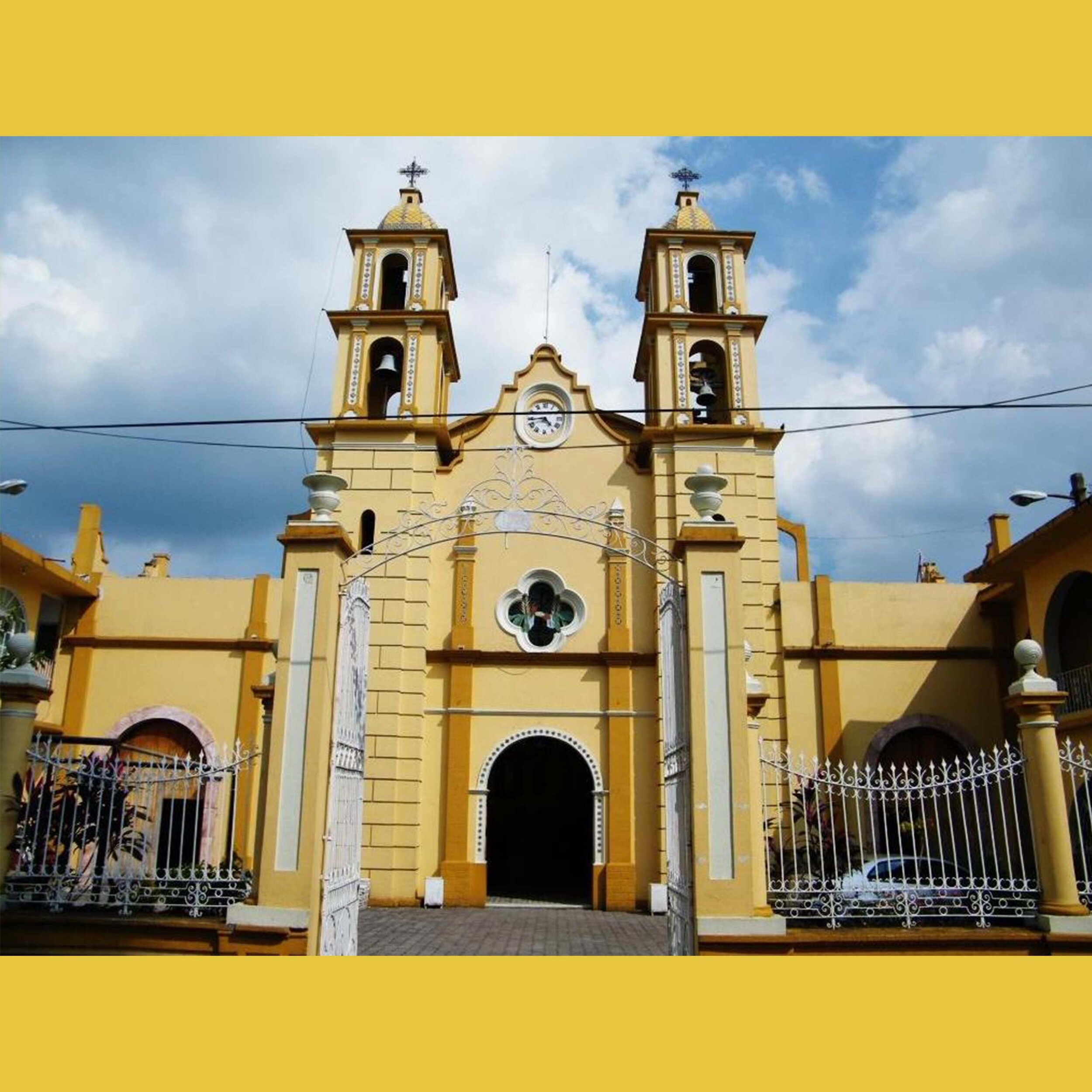
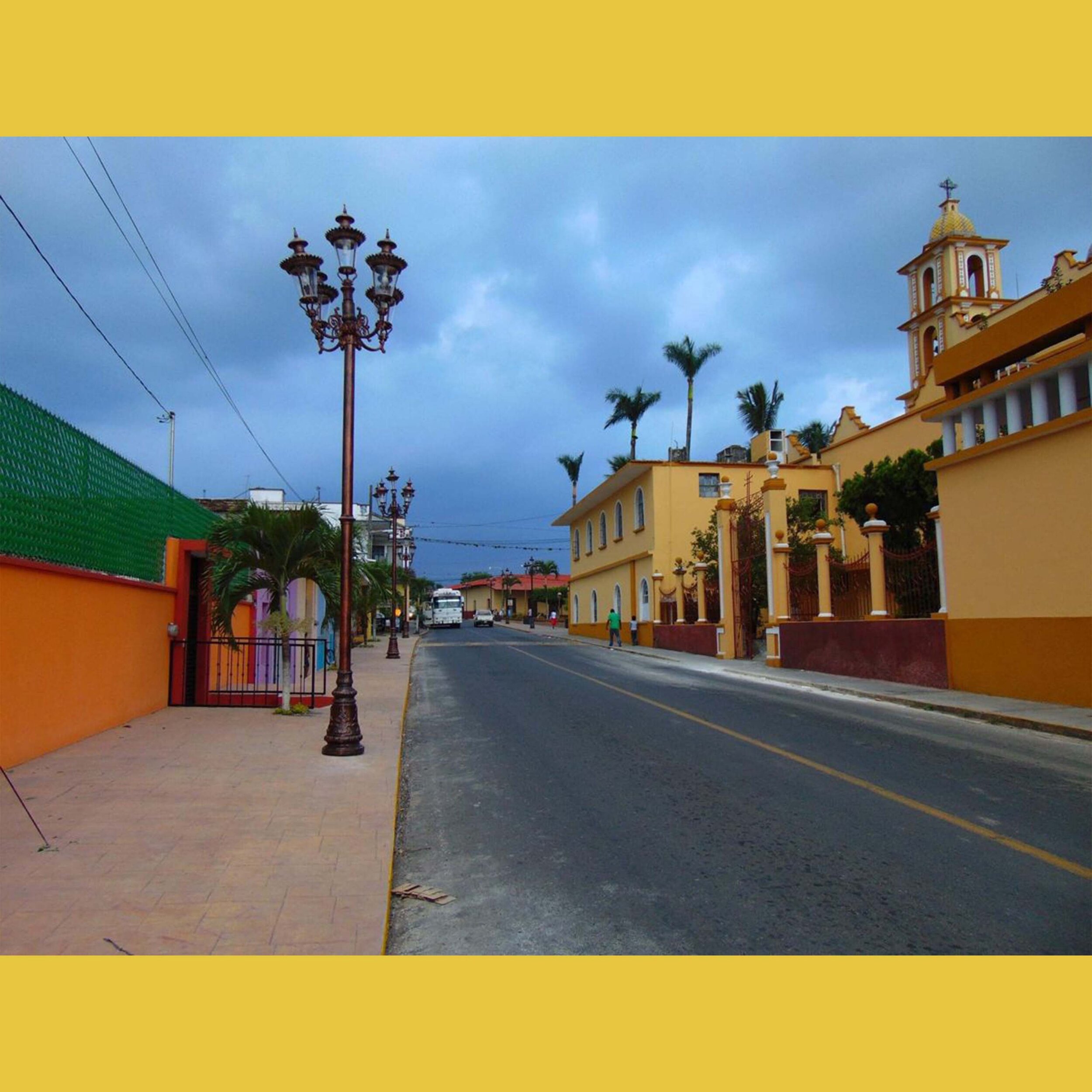
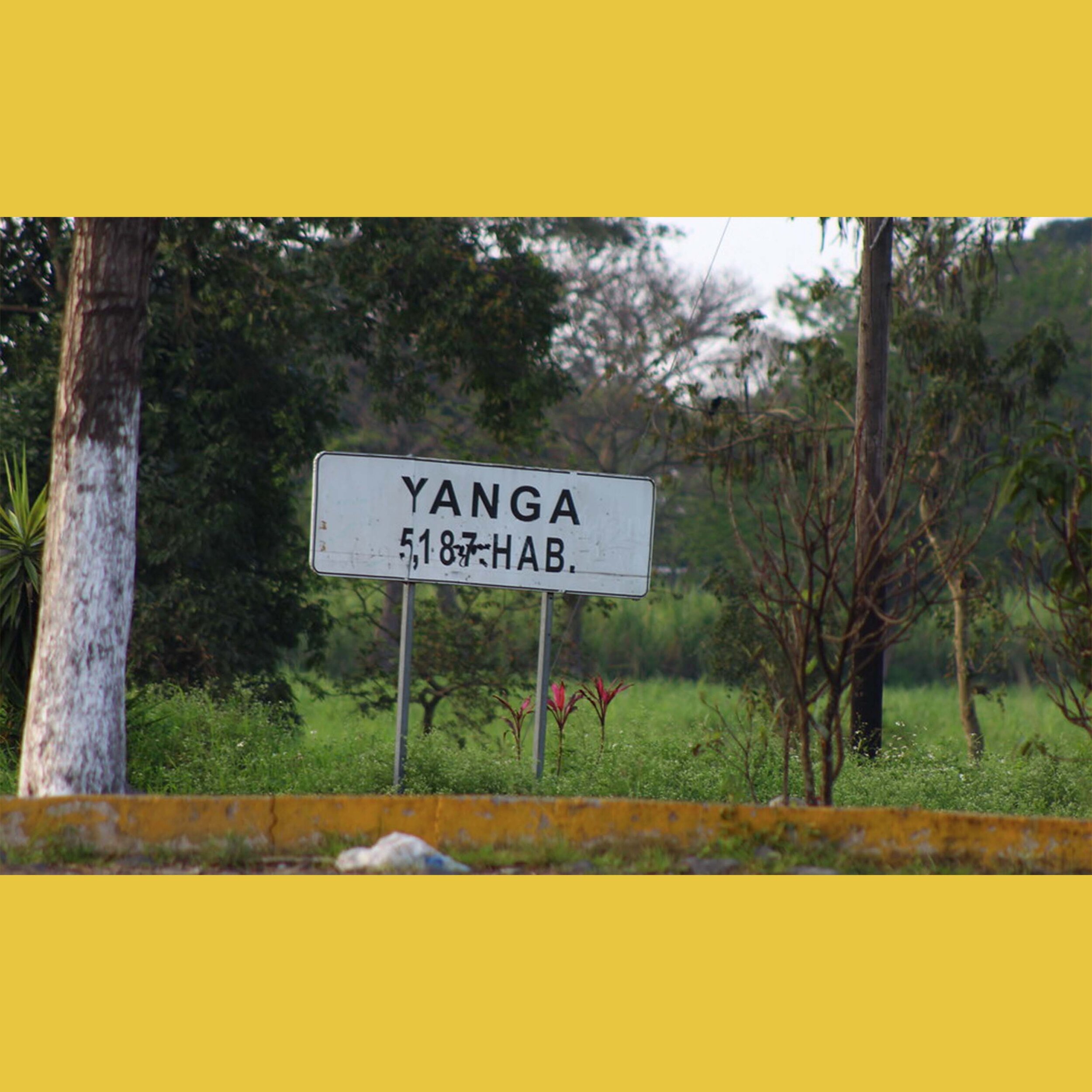
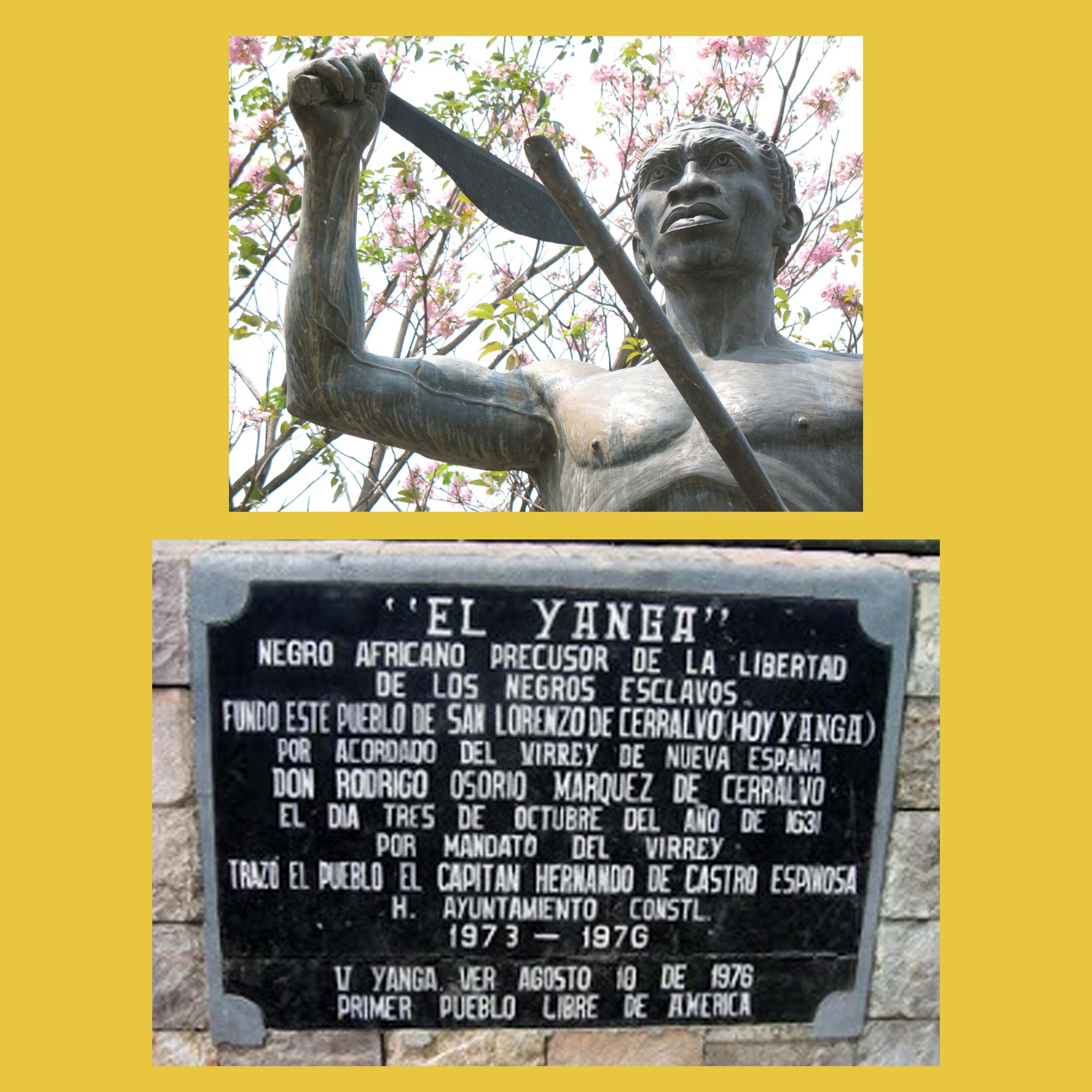
Un video corto sobre Gaspar Yanga:
A short video about Gaspar Yanga
Video promocional sobre Yanga:
Explora las calles de Palenque:
Explore the streets of Palenque:
Lecturas/Readings:
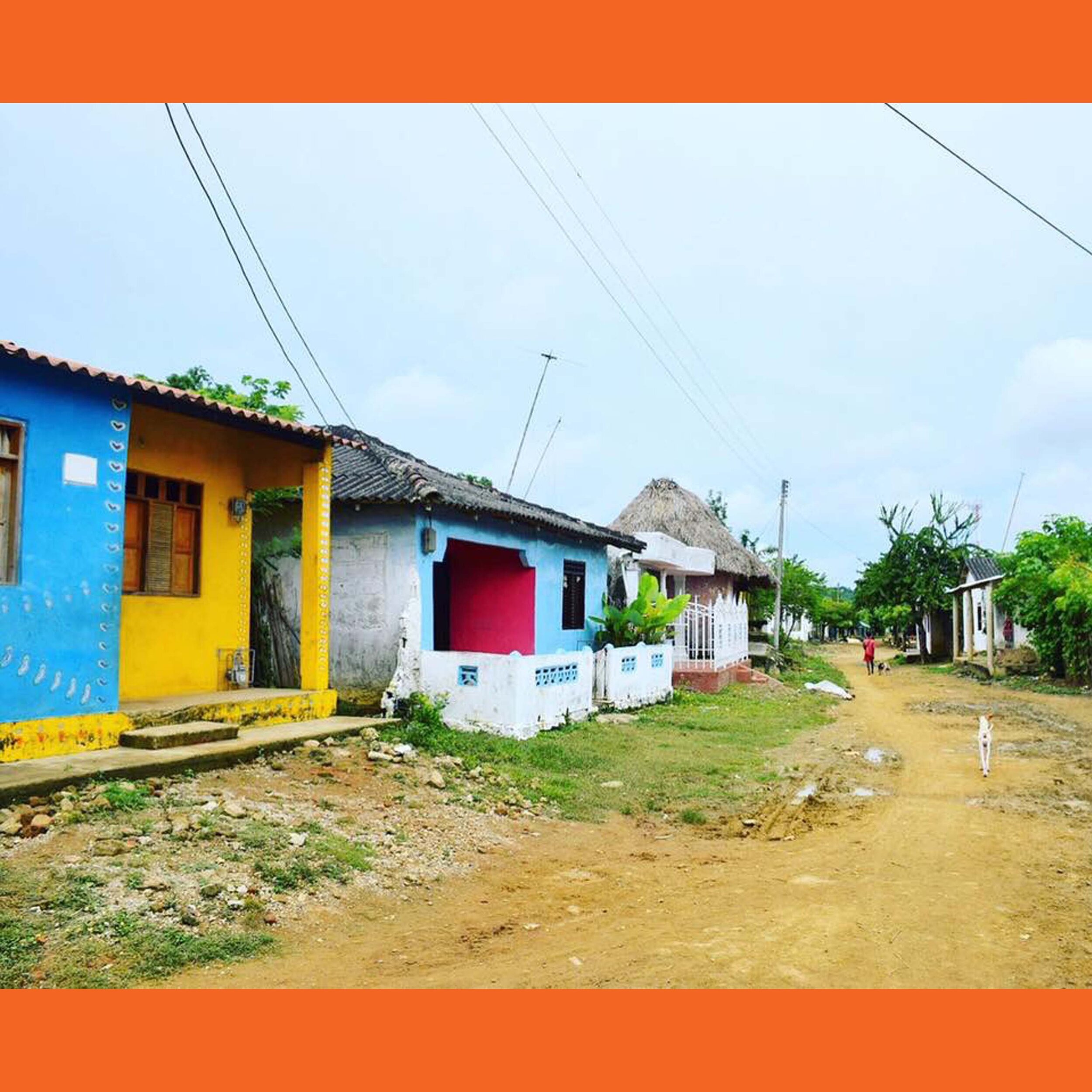
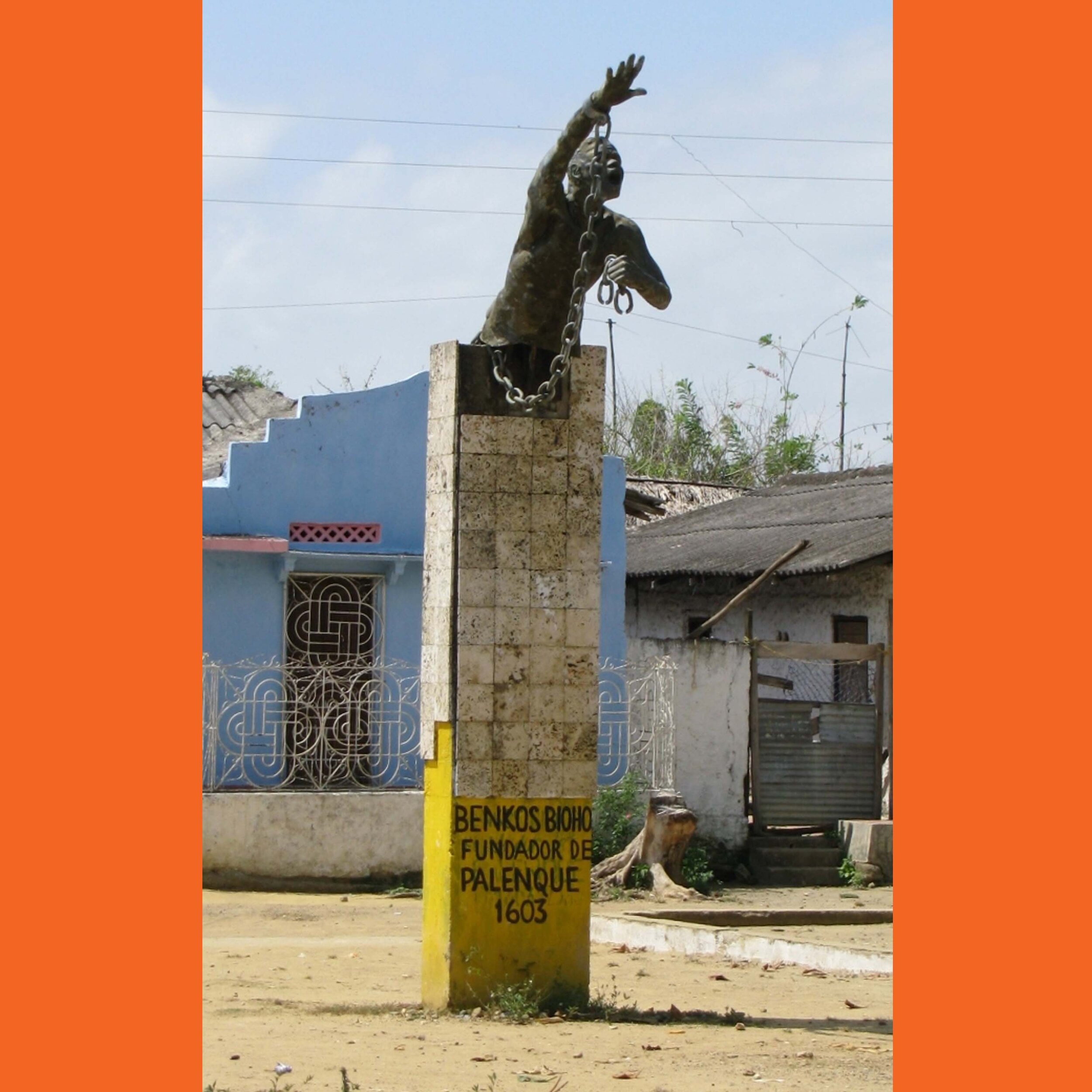
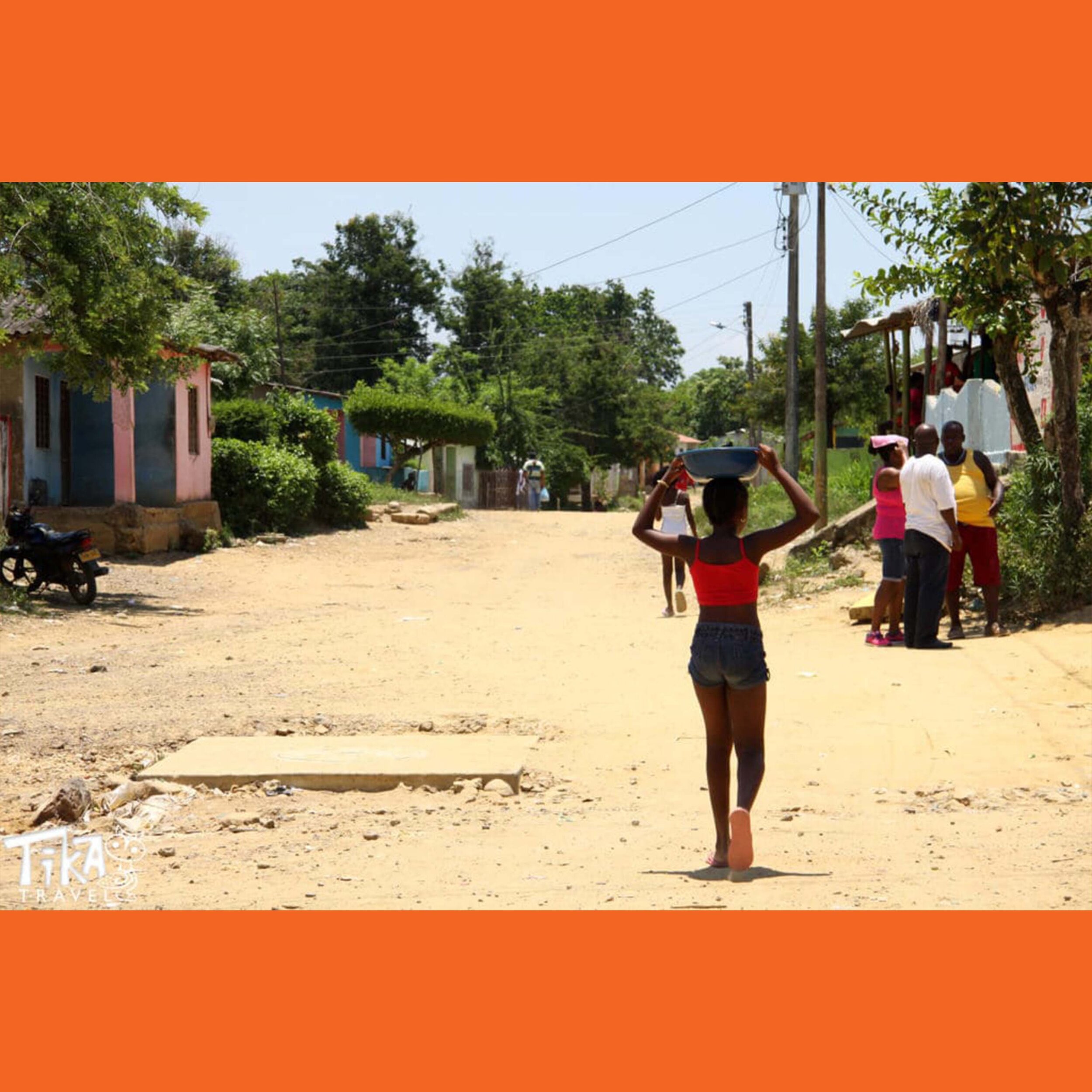
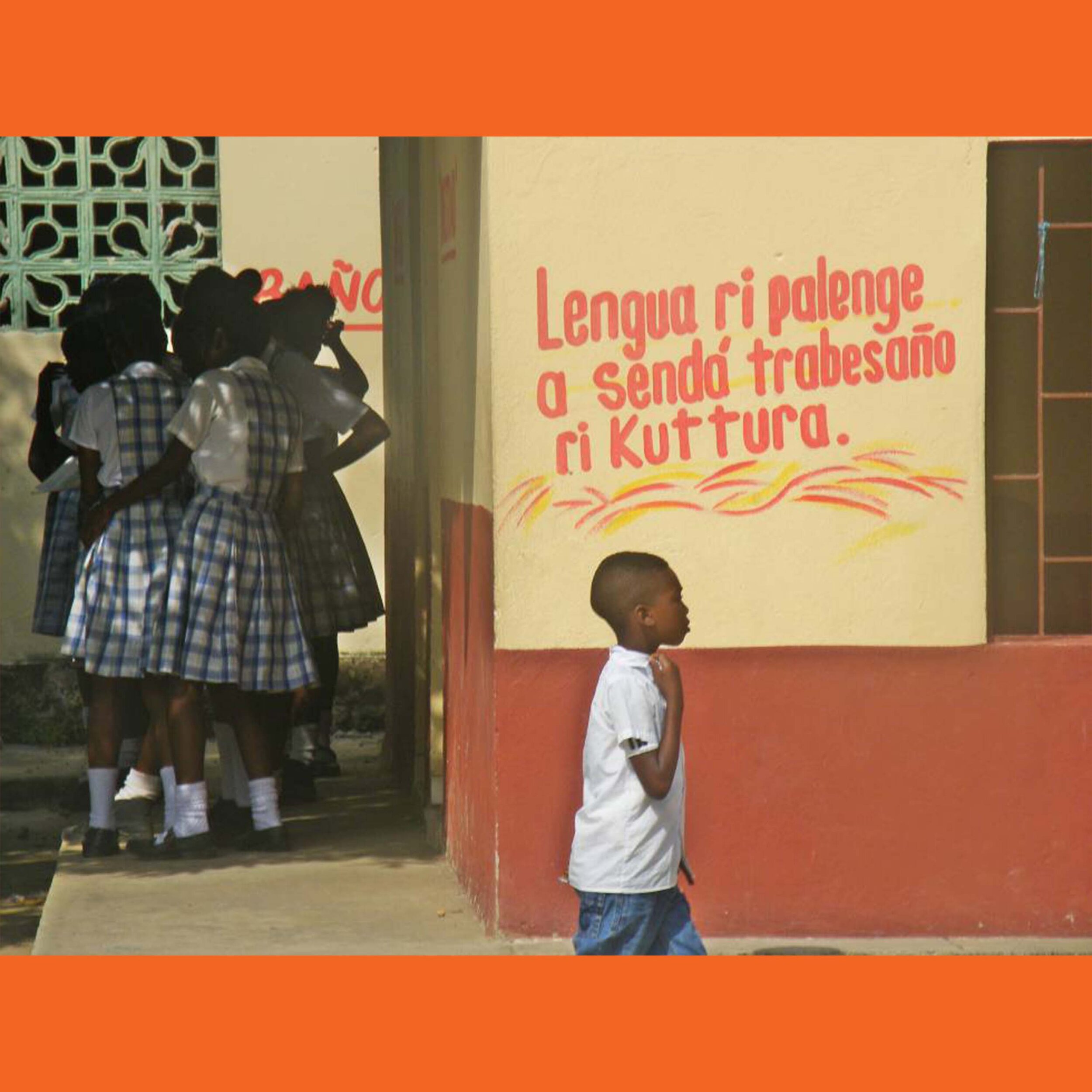
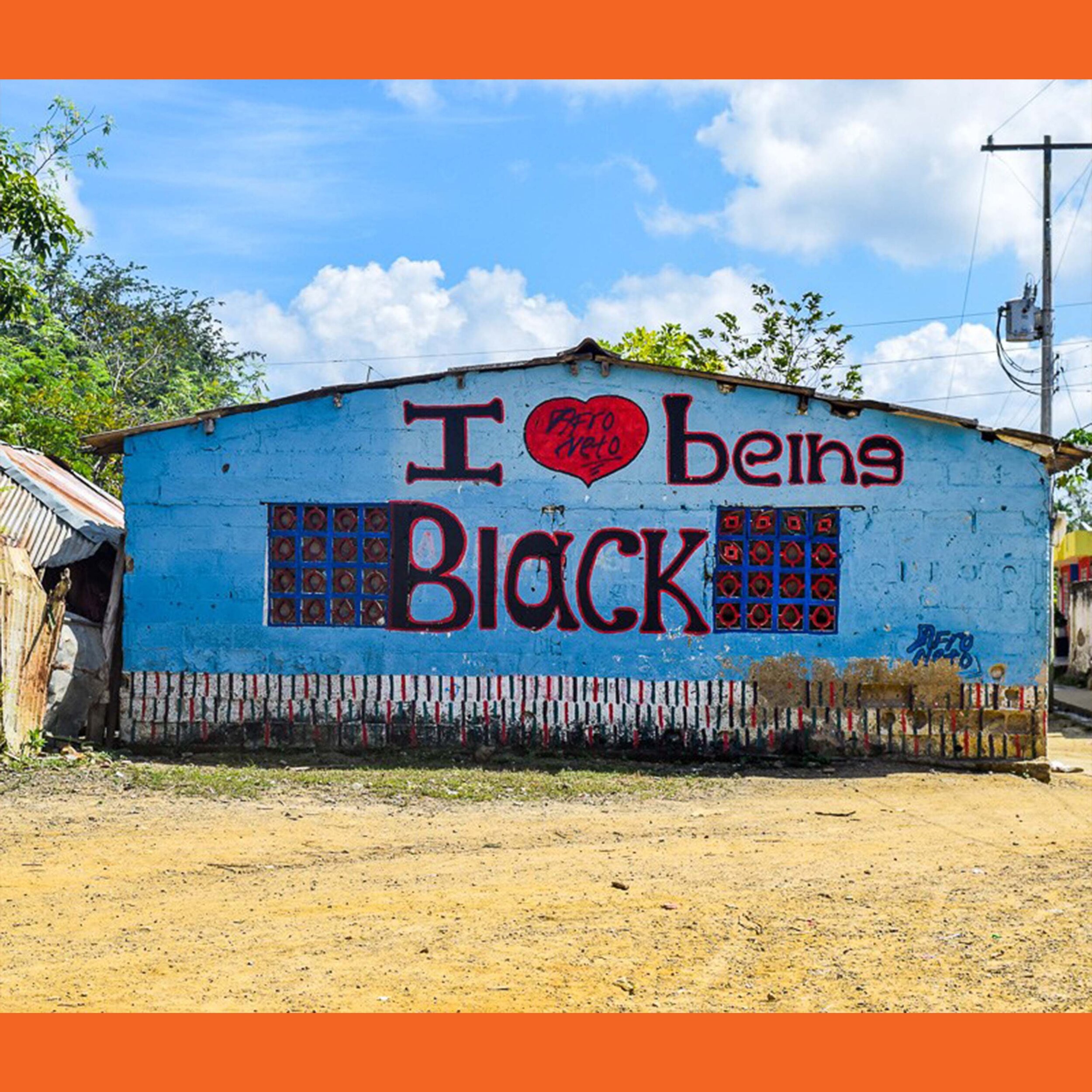
Un video corto sobre Benkos Bioho:
Video sobre la historia de Palenque:
Video about the history of Palenque:
Explora las calles de Santurce:
Explore the streets of Santurce:
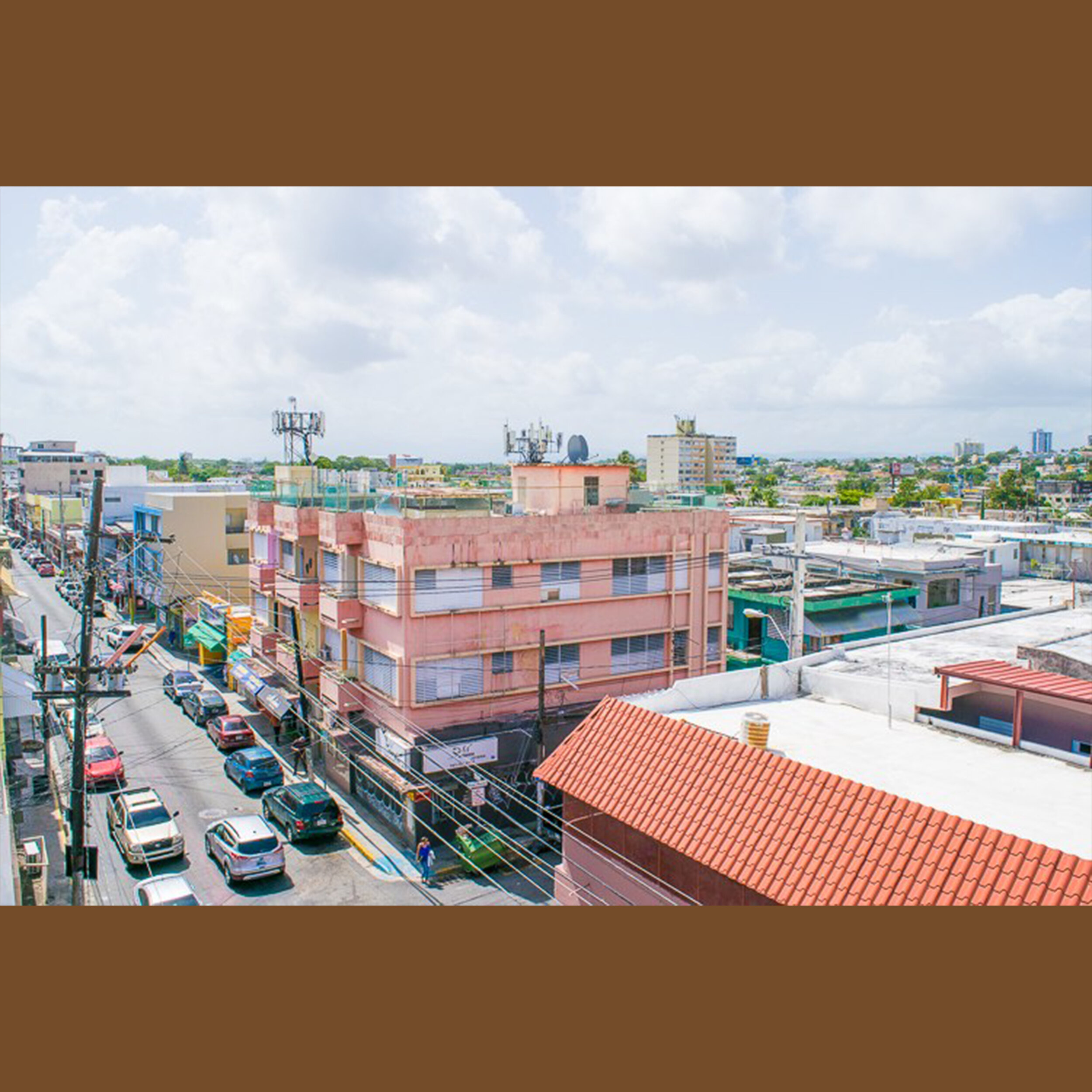
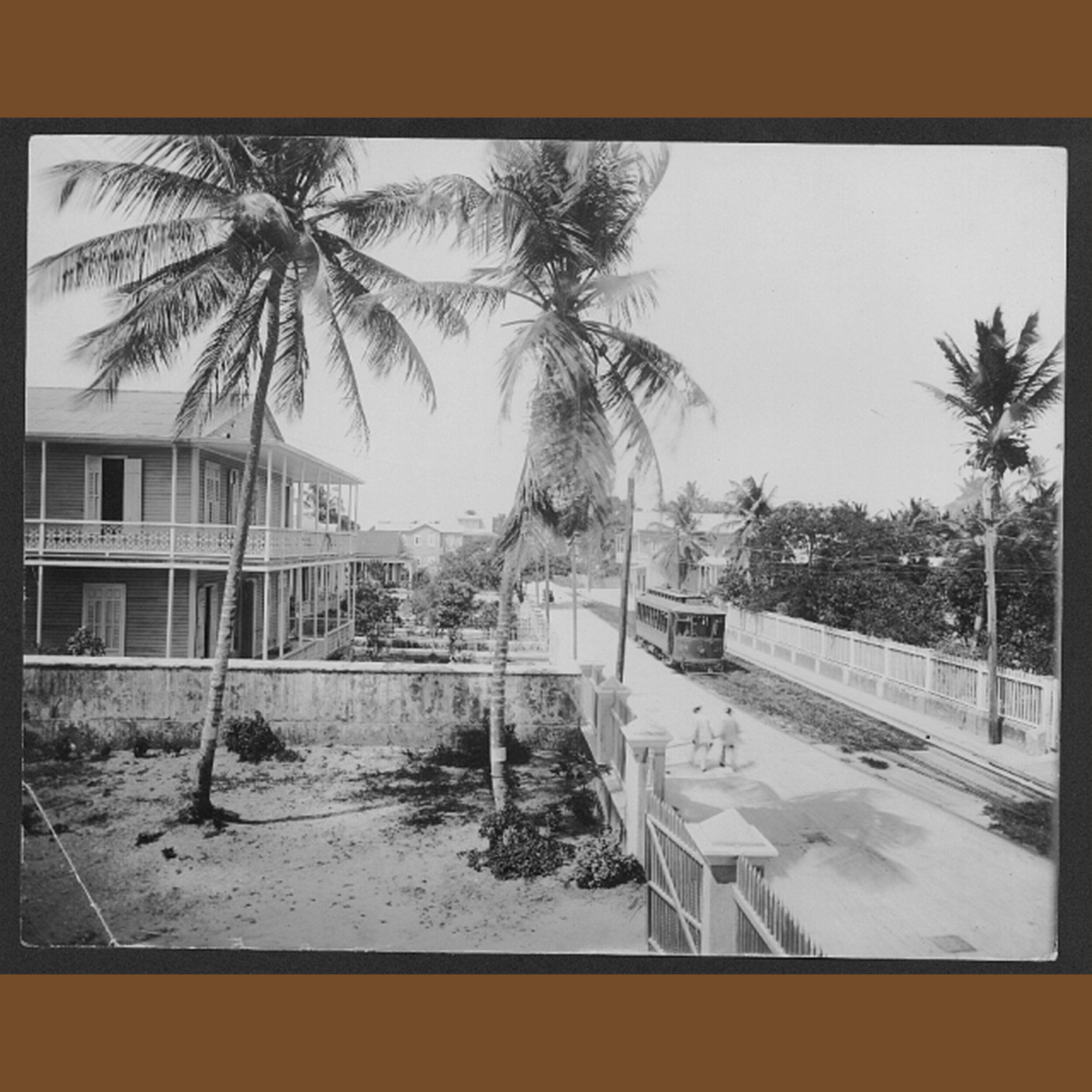
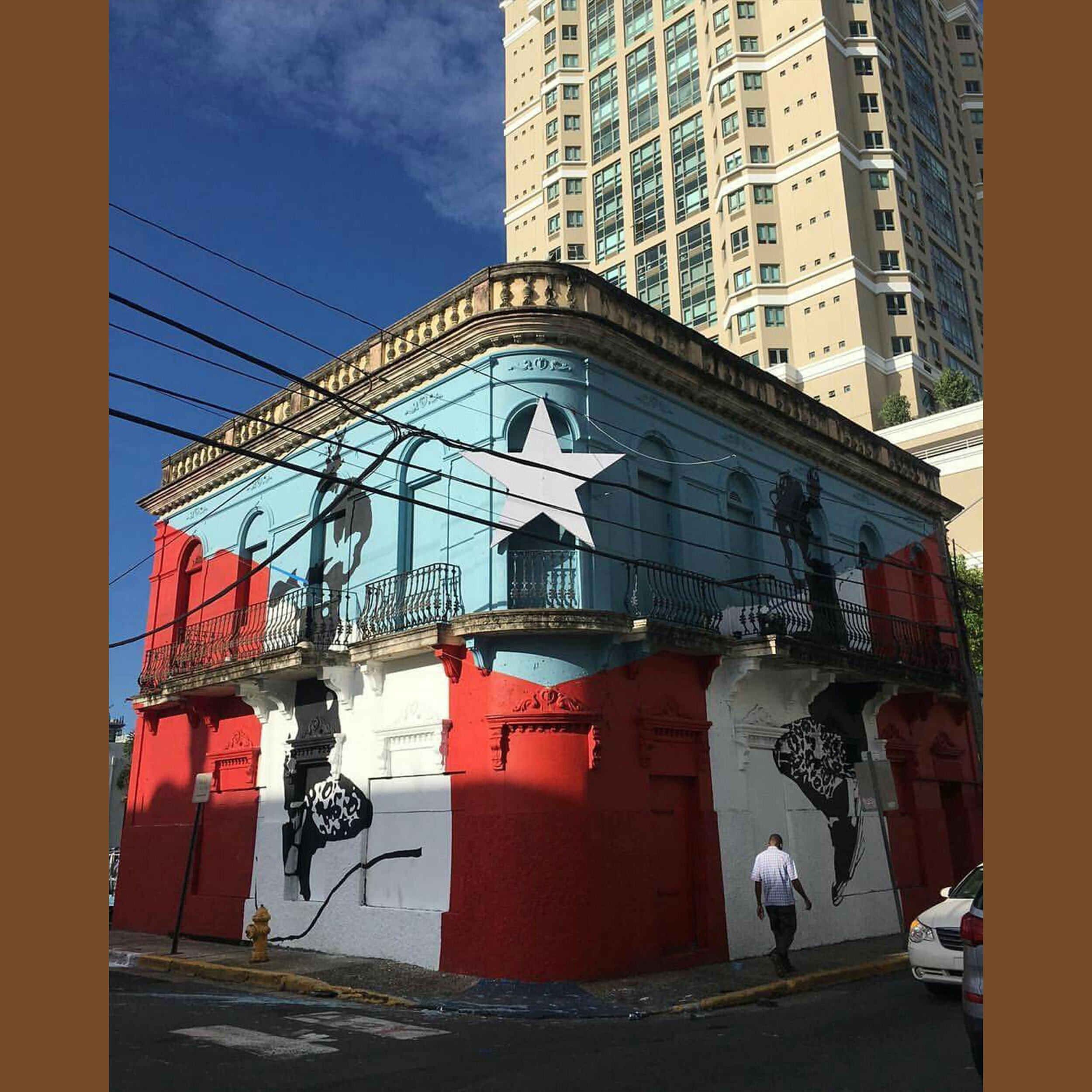
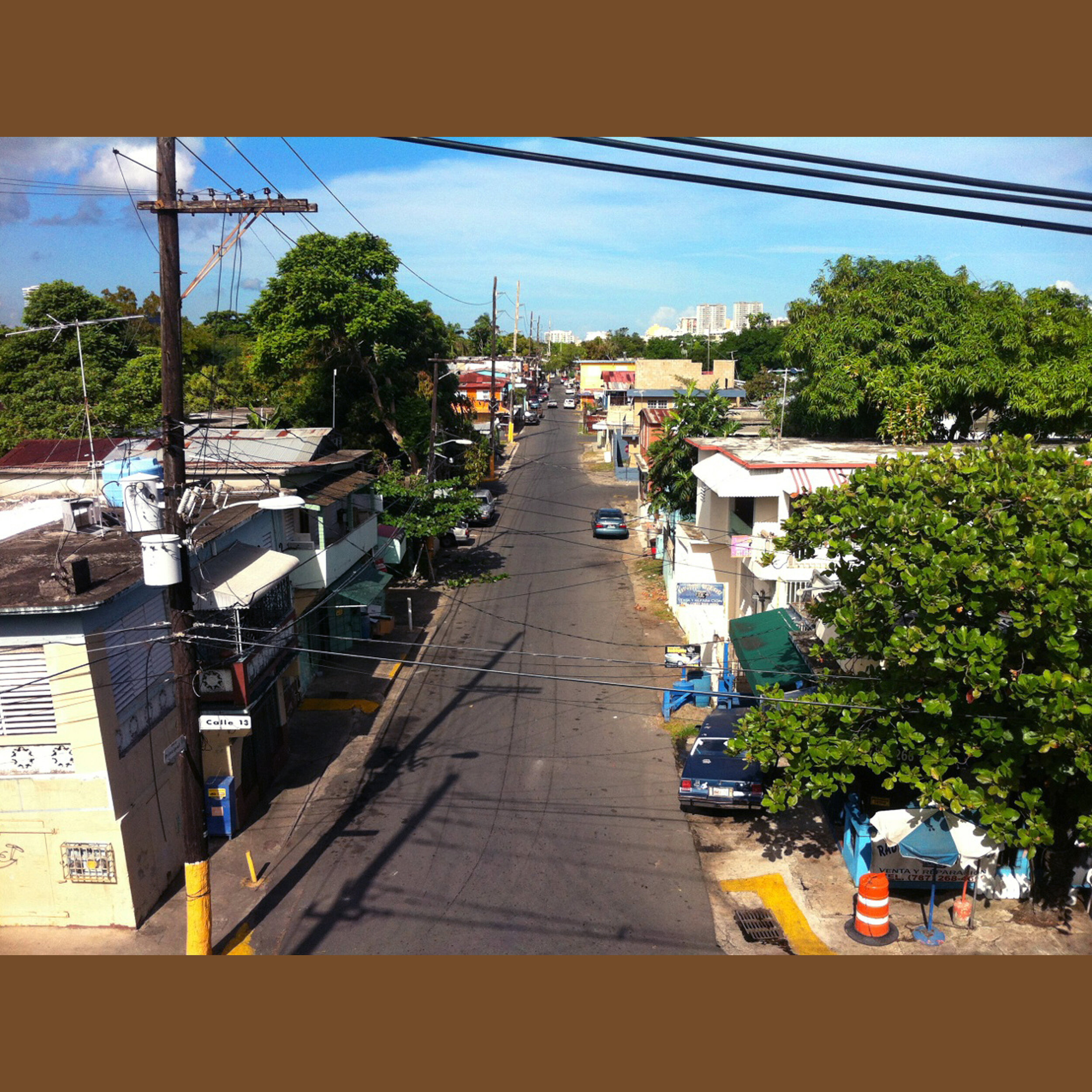
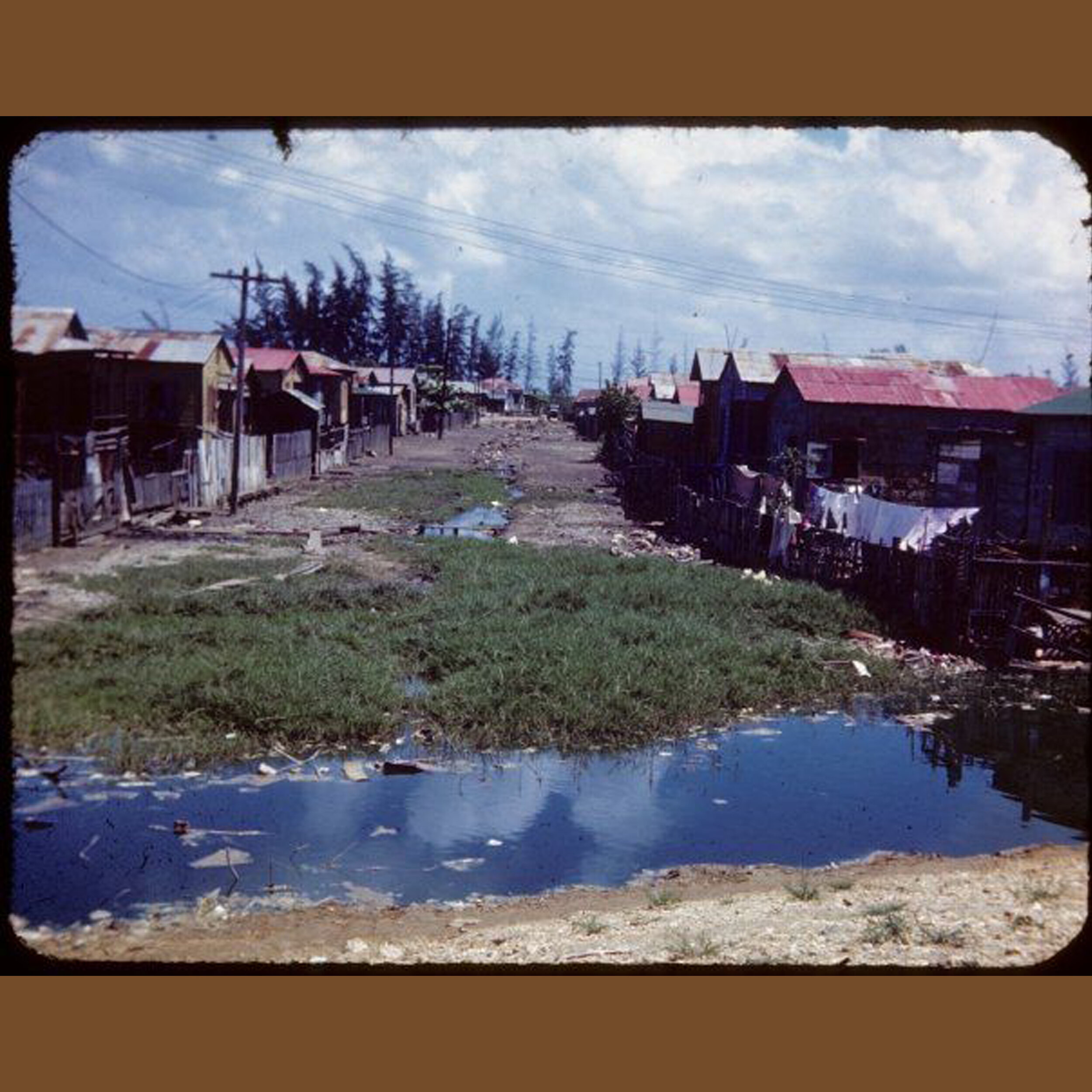
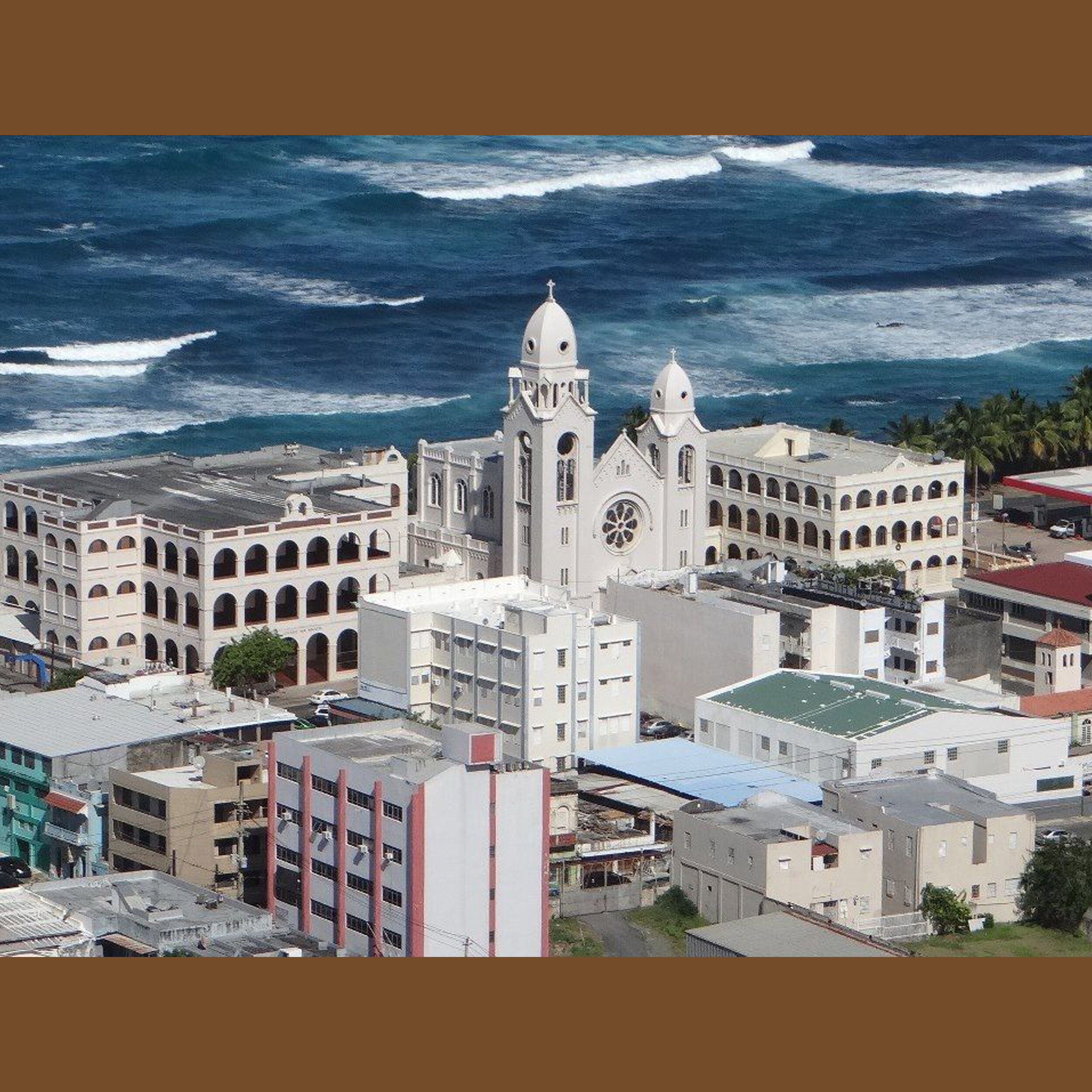
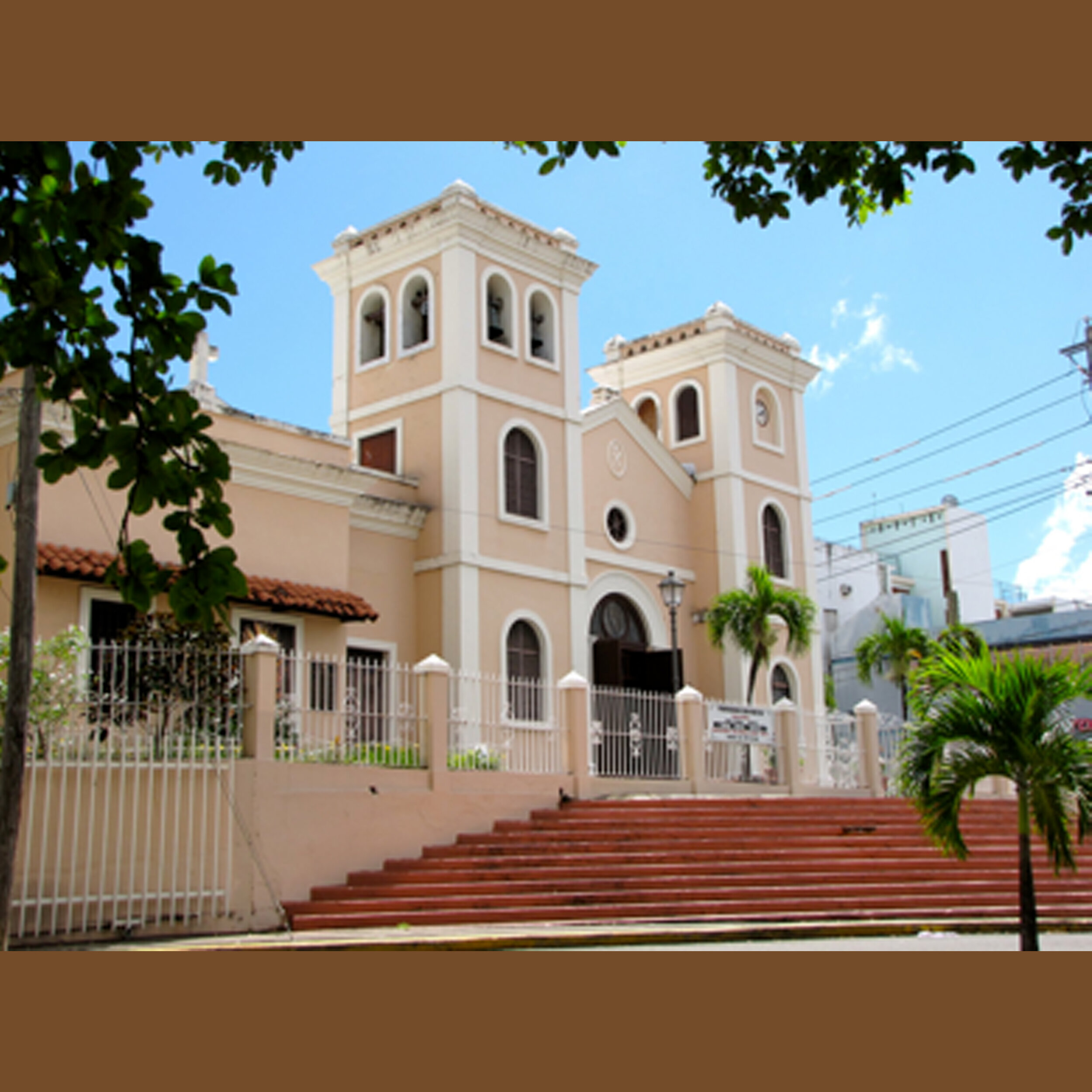
Explora las calles de San Luís de Cañete:
Explore the streets of San Luís de Cañete:
Un video de la historia de Cañete:
Lecturas/Readings
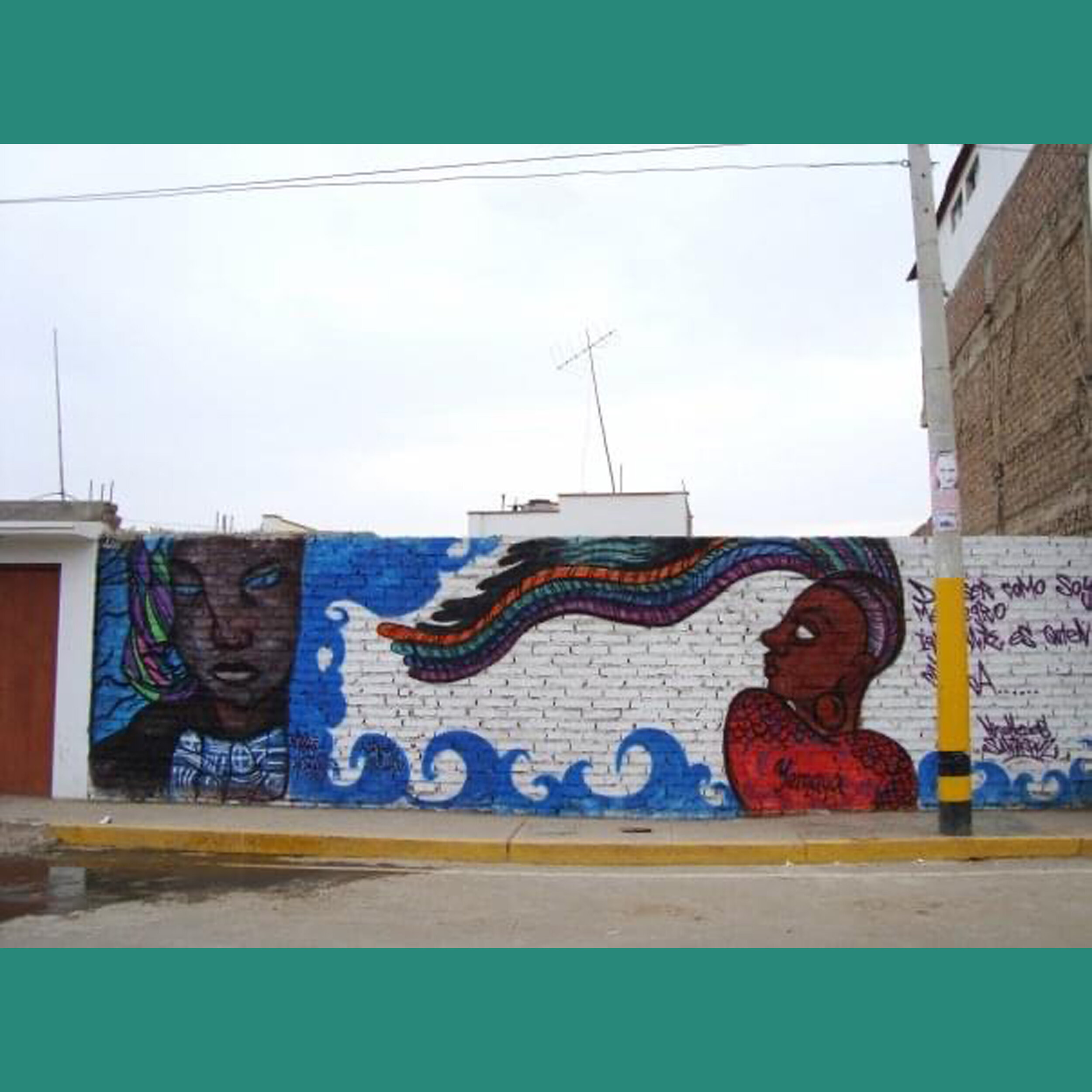
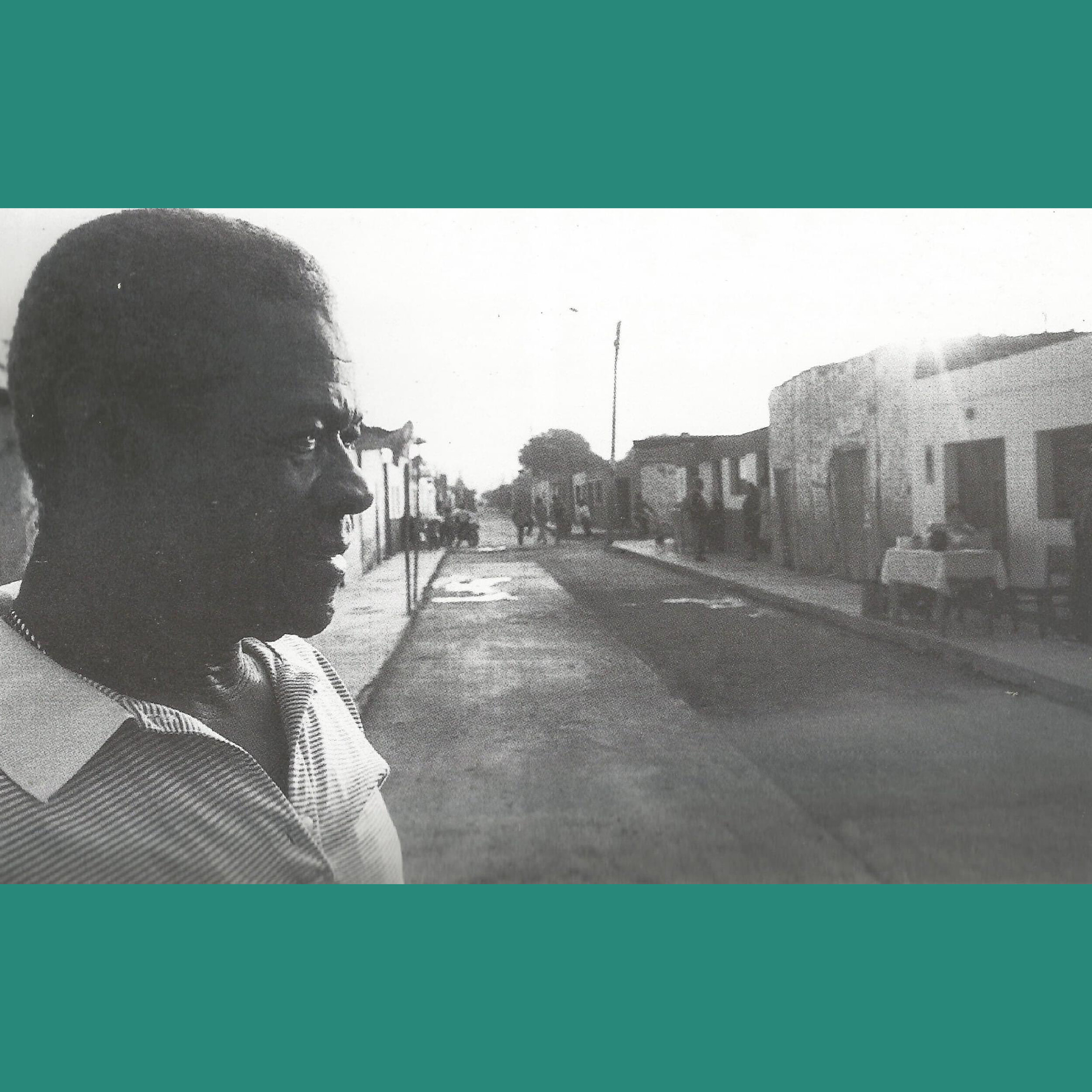
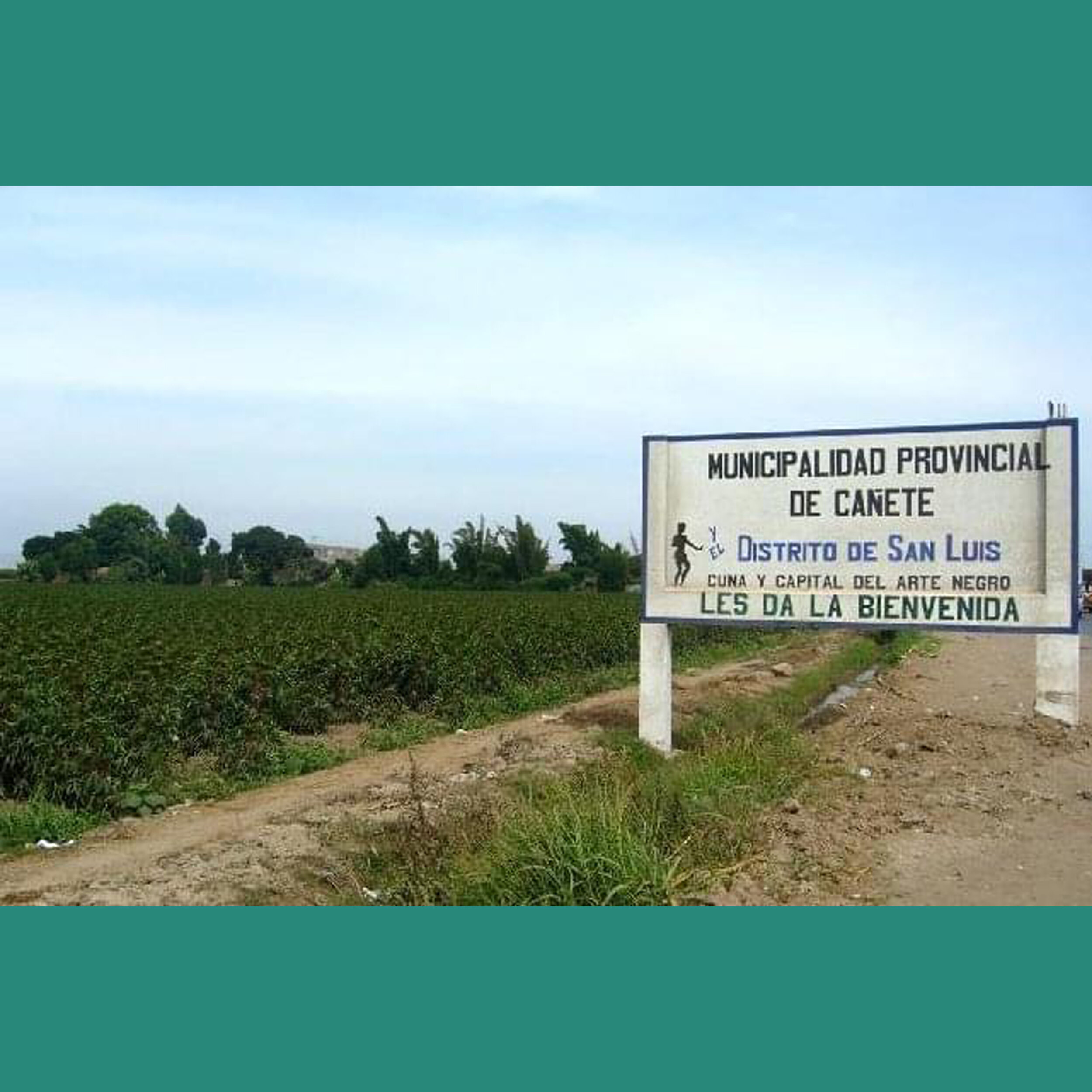
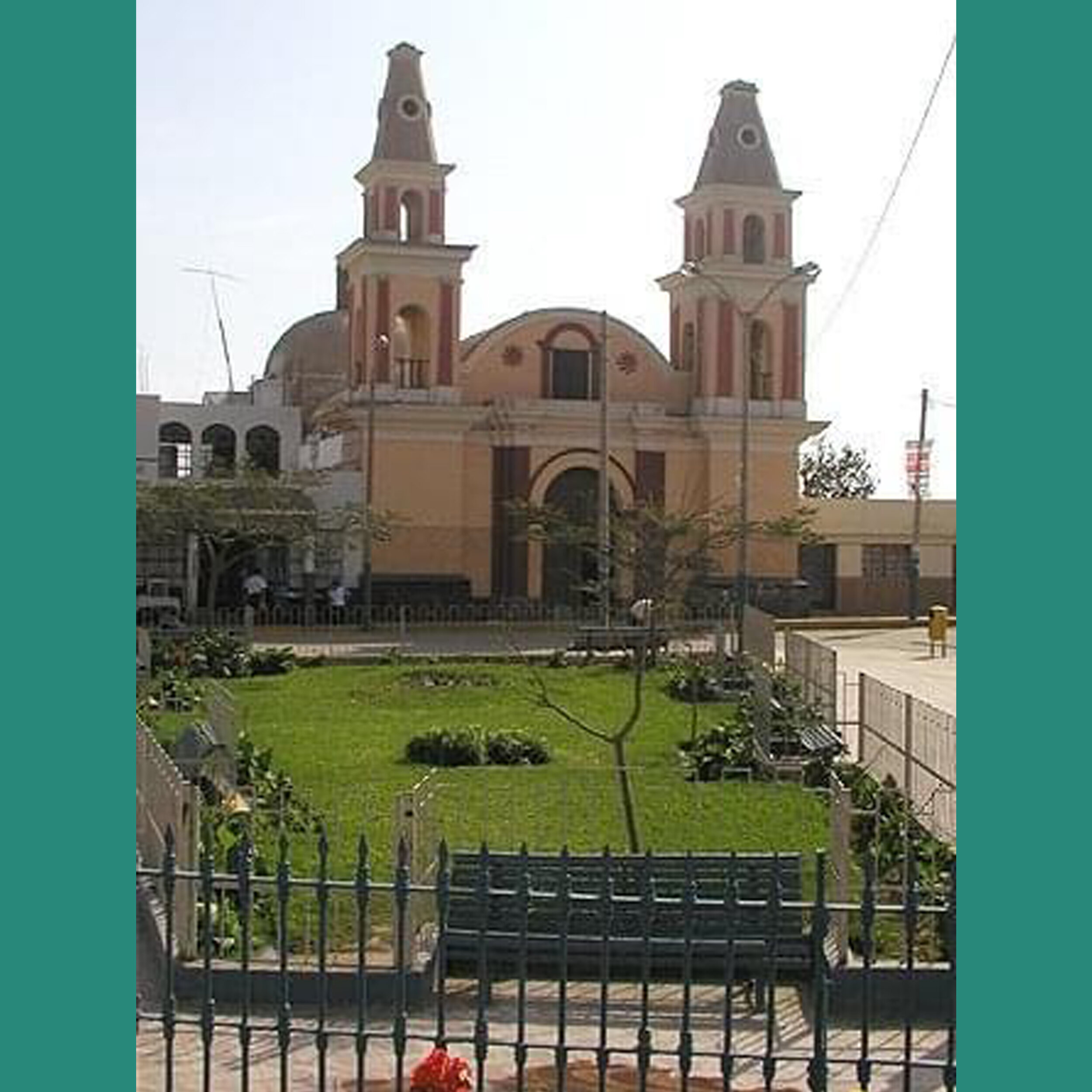
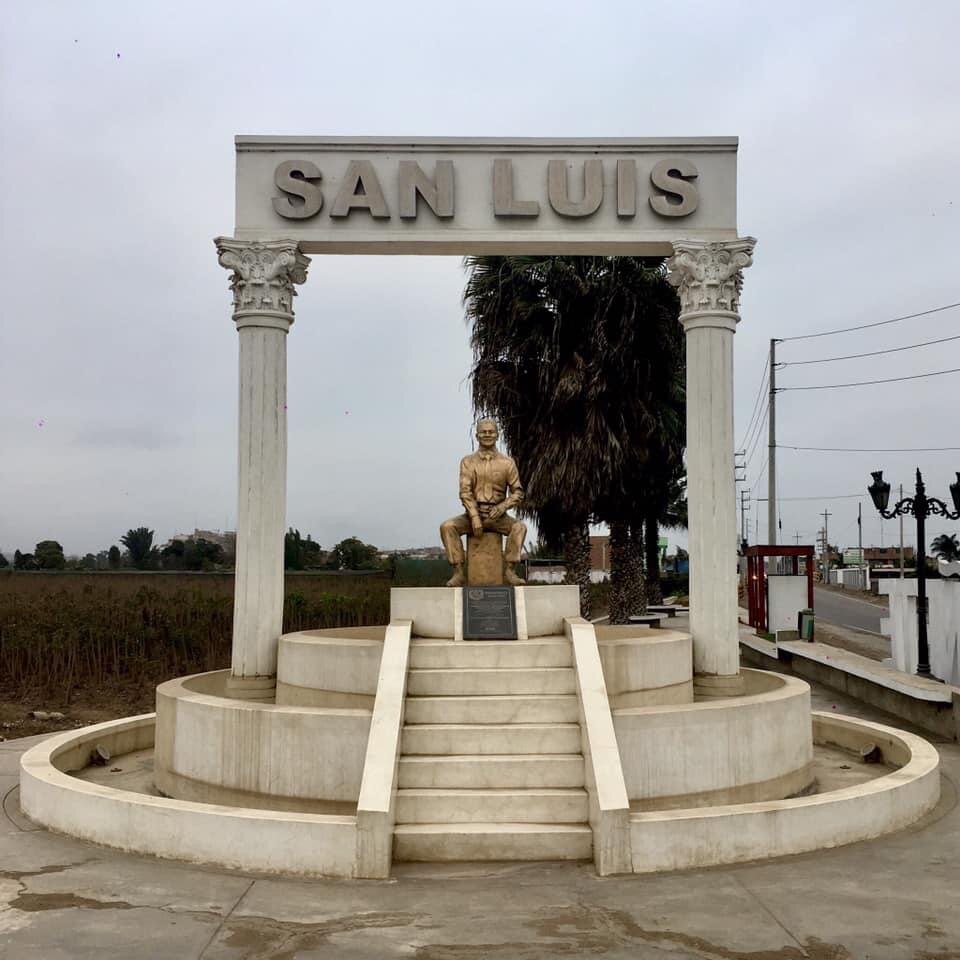
Video promocional de Cañete:
Promotional video of Cañete:
Mapas de las comunidades del Valle del Chota:
Maps of the communities of el Valle del Chota:
Lecturas/Readings:
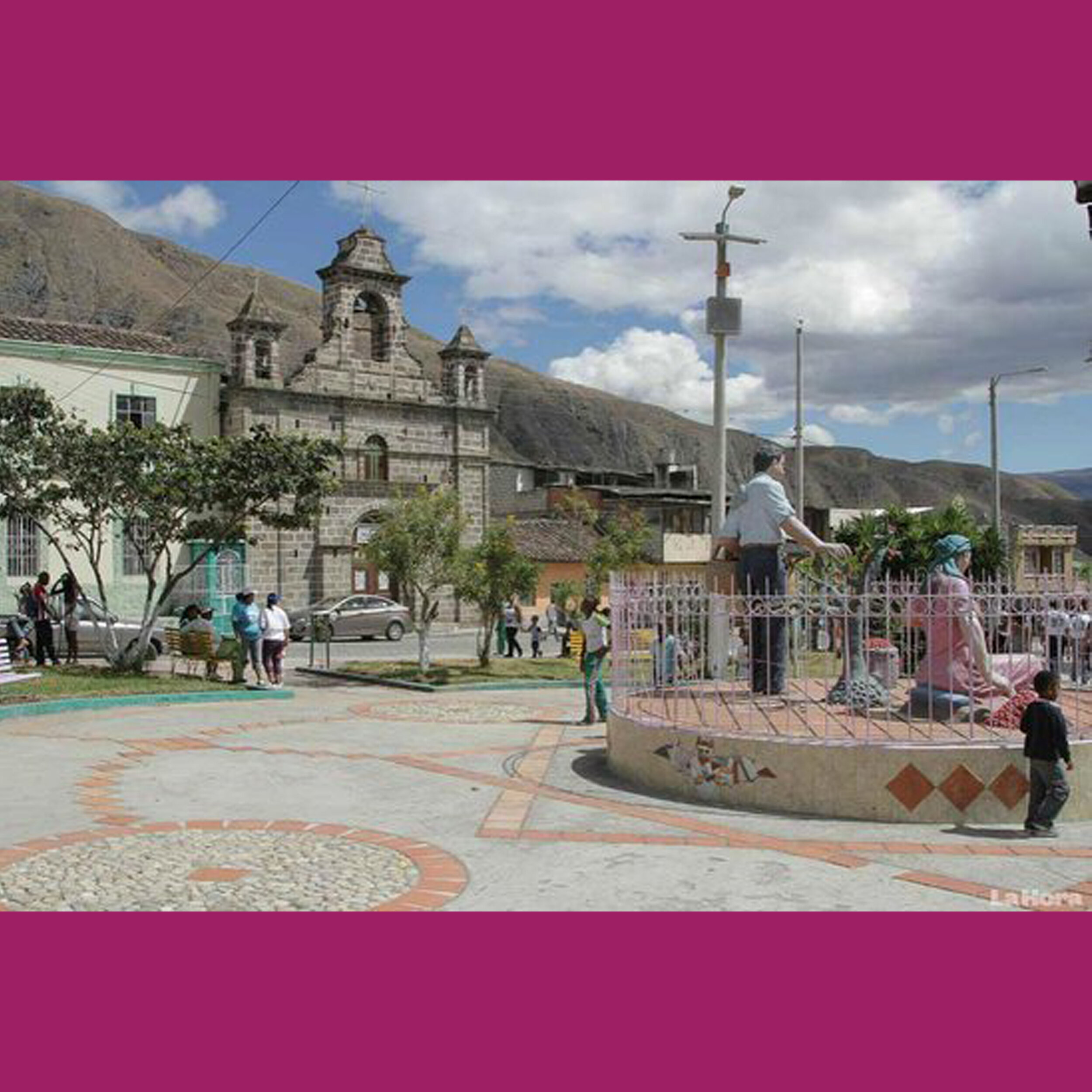
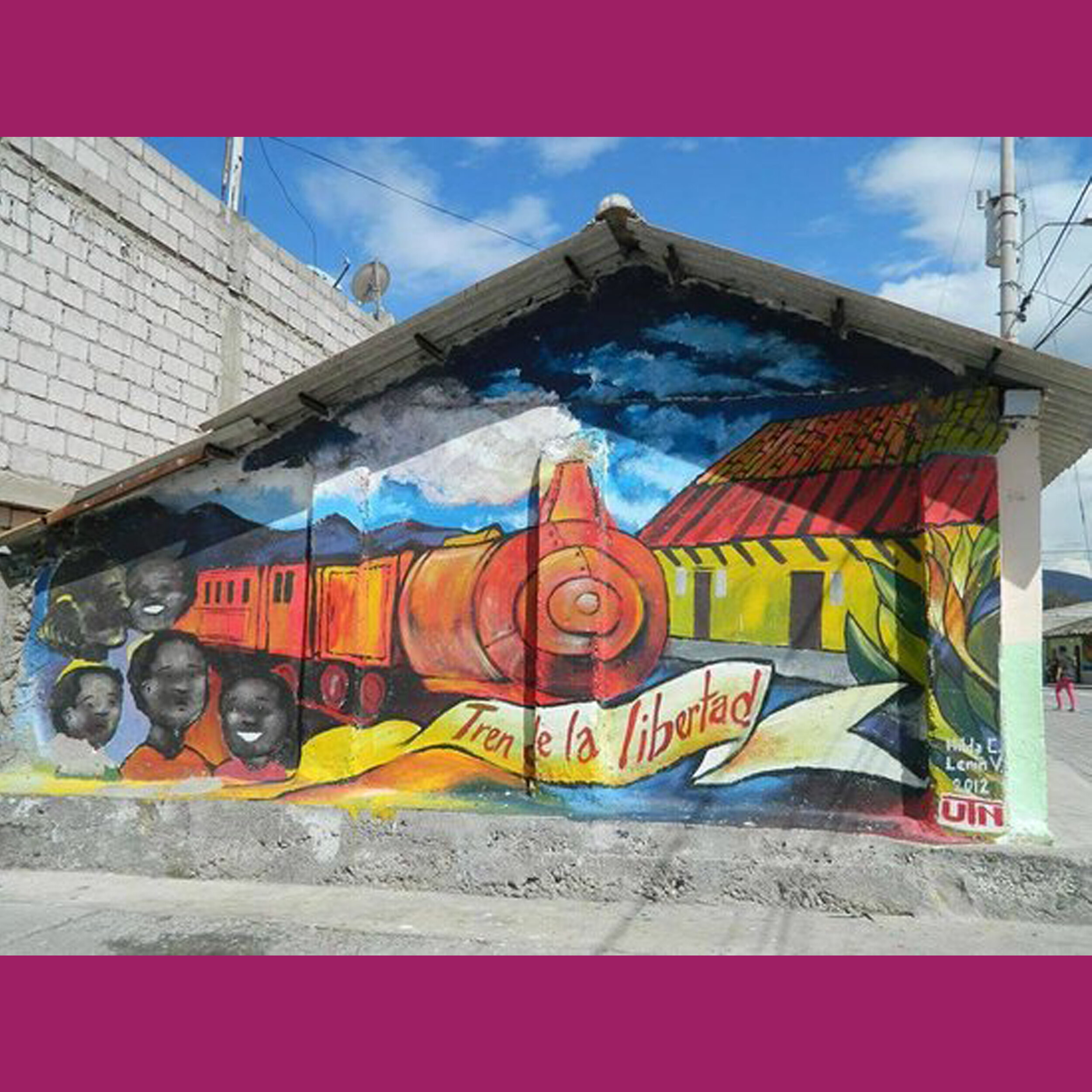
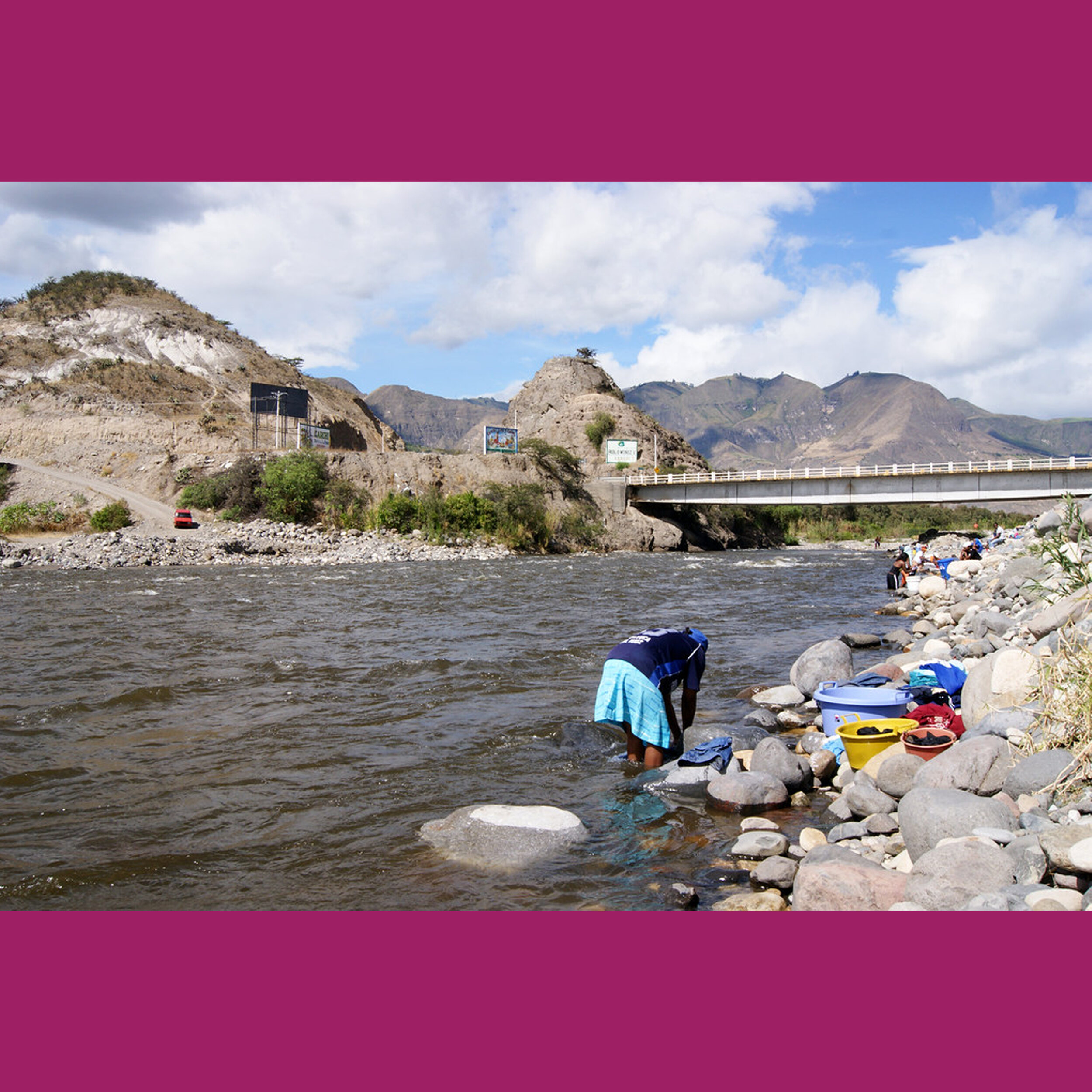

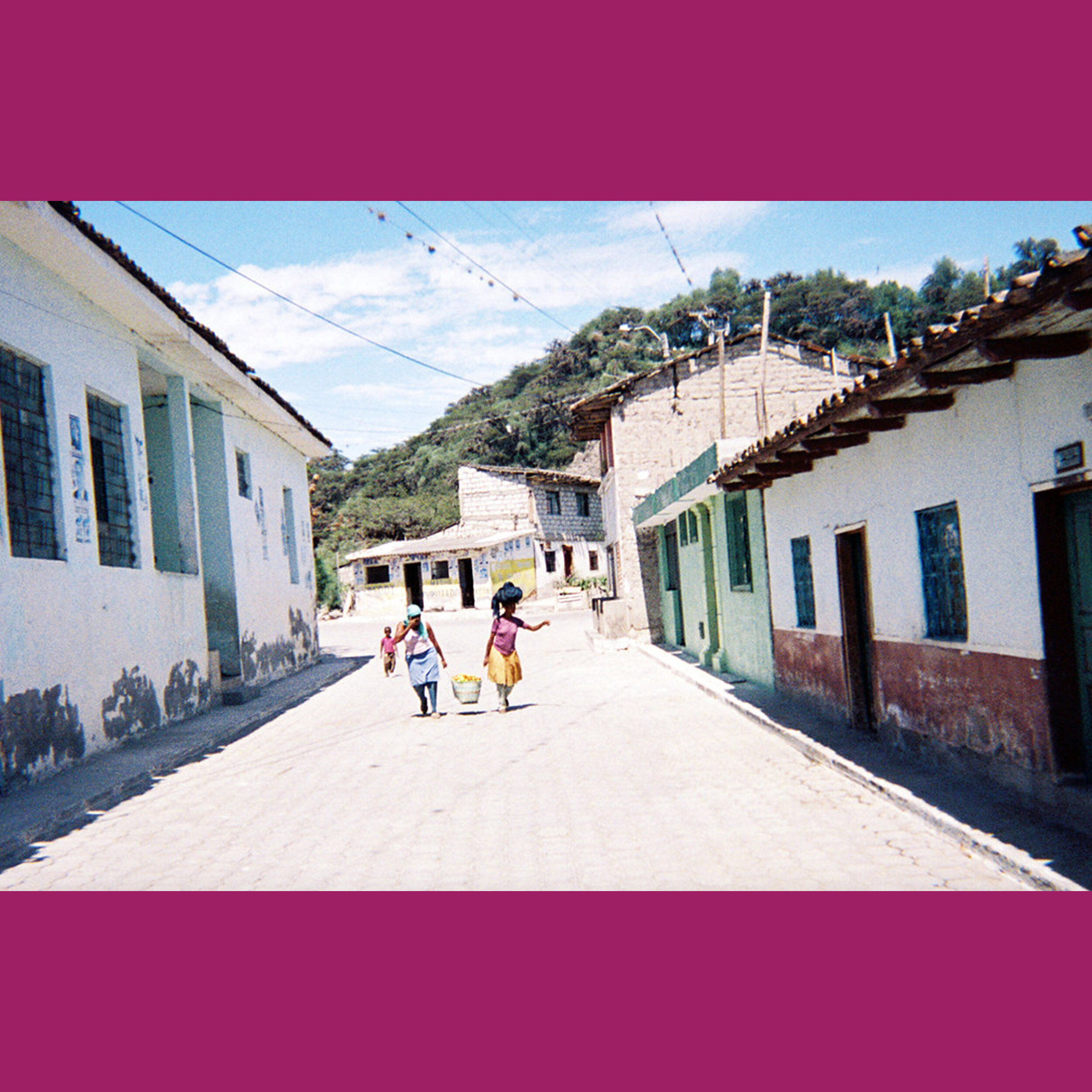
Video, “Valle del chota, pedazo de África”:
Video, “Kick & Punch - Afro-Ecuadorian Communities of Valle del Chota”:
Un ZINE de este contenido están disponible para descargar abajo.
A ZINE of this content are available for download below.





